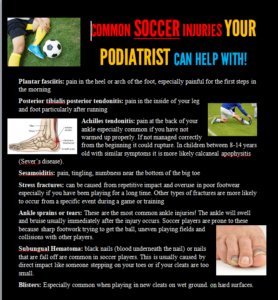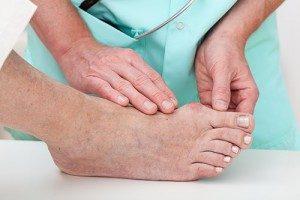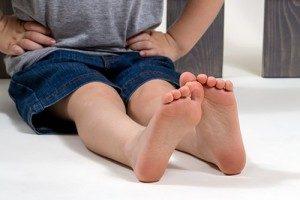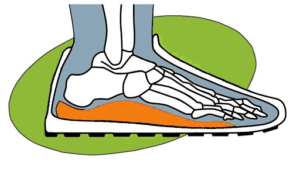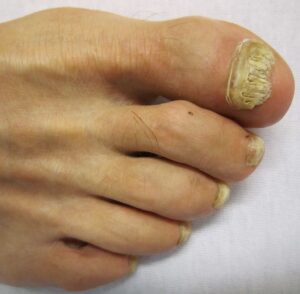
How To Get Those Feet SUMMER Ready!
During hot summer days, socks and shoes are flung carelessly into a dark corner of the room and out emerges the dreaded sandal or thong. Before you put your feet on display this summer here are some tips to help them look and feel their best: Check, soak and exfoliate It’s a good idea to give your feet a check as you emerge from winter. Any foot issues like fungal nails, warts, tinea, corns or callus should be addressed immediately to avoid any further damage to your feet; You only get one pair! Soaking your feet will help to reduce swelling, prevent infections, and make exfoliation easier. Exfoliation should be

